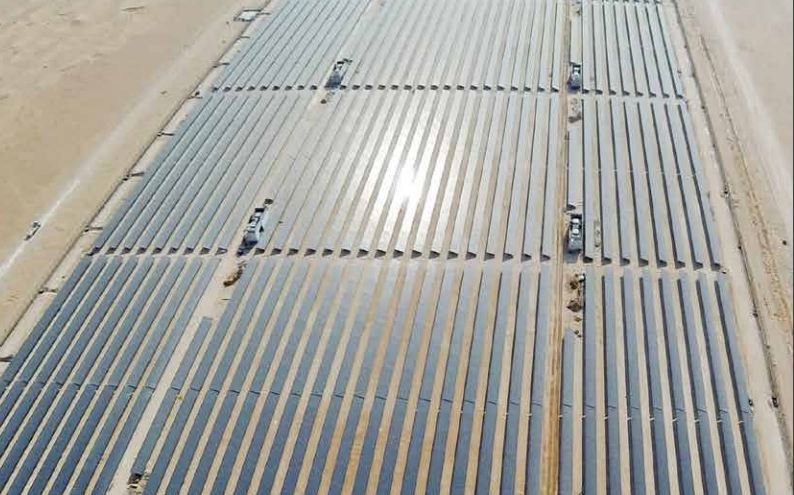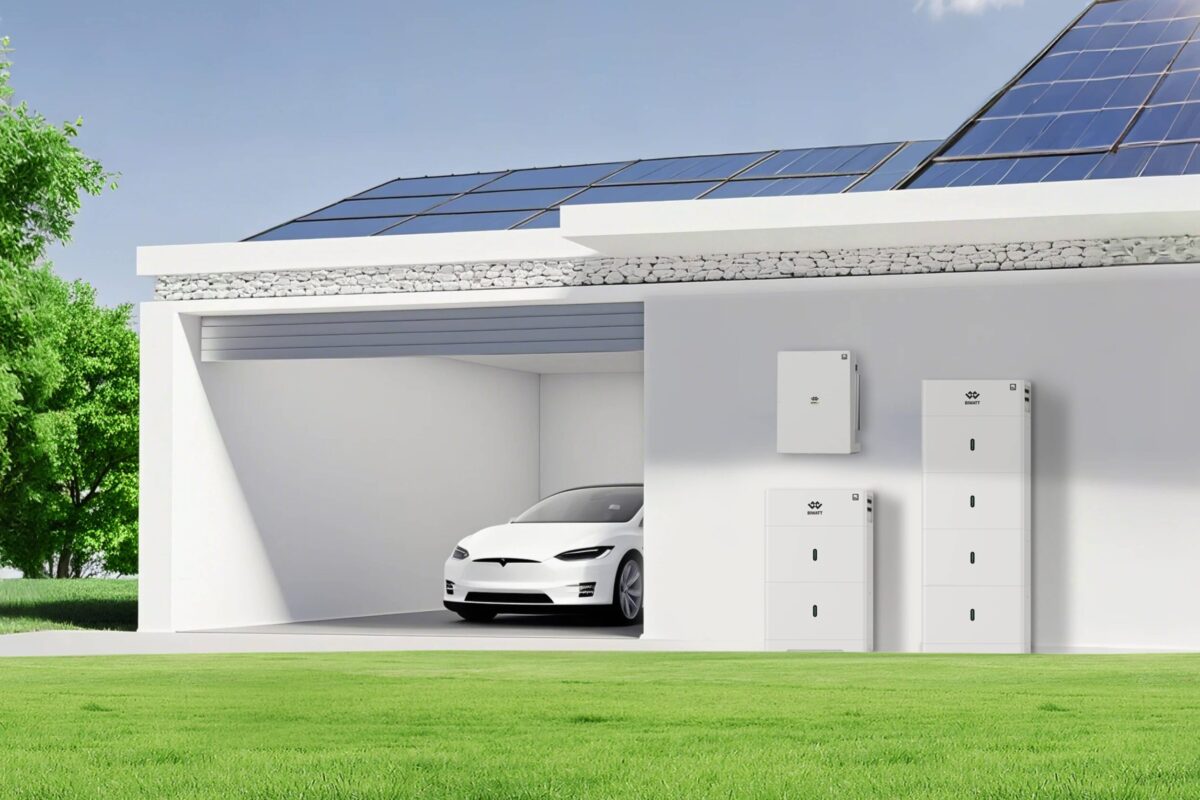Although often criticized among the trade press for being ‘gimmicky’, the solar industry would be wise to recognize the, erm, inroads made by solar roads in bringing the power of PV to a wider audience.
Solar power is far from an intangible, arcane energy source, but it can sometimes struggle to promote itself as a viable alternative to the norm beyond those channels where the converted are happy to be preached to. We are often our own echo chamber.
So when calls grow on social media and beyond for Donald Trump to at least make his Mexican border wall solar-powered, it makes the industry sit up and take notice, because A) that’s actually not a bad idea, and B) it reminds us that the world understands and supports solar power once it can be easily packaged as a force for good.
A road, a wall: when solar panels are grouped together, it seems, they become more visible. Maybe this line of thinking has informed Honduras’ energy approach considering that the Central American nation now draws more than 10% of its power from solar energy.
This impressive penetration is the highest in the world for a non-island country, and places the nation second only to Chile as the largest solar market in Latin America.
MENAT work
The UAE is not exactly hot on Honduras’ heels in the PV penetration stakes, but it is certainly making all the right noises. Although not all of the Emirates that comprise the UAE are oil-rich, those that are appear to have finally accepted that their winning lottery ticket has an expiration date, and Abu Dhabi – for one – is investing sensibly in solar and other renewable forms of energy.
It was reported this week that the Emirate is planning on building the world’s single-largest solar PV plant – a 1.18 GW giant that will be constructed in the sunny desert by Japan’s Marubeni, complete with assistance from JinkoSolar and the Abu Dhabi Water & Electricity Authority (ADWEA).
The plant is set to be developed on a 7.8 km2 plot in the desert in eastern Abu Dhabi, using JinkoSolar modules. This might be due to the reported financial assistance of Jinko on the project, who is said to be accounting for 20% of the financing.
The ADWEA is said to be putting up 60% of the financing and Marubeni the final 20%, with total investment expected to be in the region of JPY 100 billion (US$868 million).
So long, SolarCity
Tesla Motors has officially changed its name to Tesla Inc., to reflect its broader business interests. However, that isn’t the big story regarding name changes at the company.
Very soon, the largest name in residential solar will disappear. According to a statement (in German) on teslamag.de, in the “near future” both PV systems and the new “Solar Roof” will be marketed under the Tesla brand, and the SolarCity brand will “disappear altogether”.
This announcement comes two months after Tesla’s shareholders voted to acquire SolarCity. Tesla states that while its previous goal was to “to accelerate the transition to sustainable mobility”, its new goal is “accelerating the transition to sustainable energy production”.
EV does it
The convergence of solar and electric vehicles is bigger than Tesla. A new study by The Imperial College London and Carbon Tracker forecasts that solar PV and EVs will snap up 10% of global fossil fuel revenues within a decade, and are likely to render coal obsolete by 2050.
If solar PV can maintain the pace of cost reduction, the technology could supply 23% of the world’s power by 2040, said the report, rising to around 30% by 2050. In such a scenario, coal could be phased out completely, leaving natural gas accounting for just 1% of global power, augmented by extra wind and nuclear.
For EVs, current adoption rates are likely to accelerate, leading to a 35% share of the road transport market by 2035. This would see oil and coal demand peak around 2020, with approximately two million barrels a day of oil displaced by 2025 and as much as 16 million barrels a day by 2040.
“There are a number of low-carbon technologies about to achieve critical mass decades before some companies expect,” said Carbon Tracker’s head of research James Leaton.
The hard cell
Over in Germany, SolarWorld is planning a production shake-up designed to optimize its manufacturing and take the low-cost solar battle to China.
But how? Well, the company is going to shift its solar cell production capabilities away from its Freiberg base to Arnstadt, thereby ensuring specialization at each site. There may be some staffing impact, the firm said, but the overall message was one of confidence, and a desire to reassess its capabilities to ensure they are primed to respond to ongoing solar price pressures.
This content is protected by copyright and may not be reused. If you want to cooperate with us and would like to reuse some of our content, please contact: editors@pv-magazine.com.



By submitting this form you agree to pv magazine using your data for the purposes of publishing your comment.
Your personal data will only be disclosed or otherwise transmitted to third parties for the purposes of spam filtering or if this is necessary for technical maintenance of the website. Any other transfer to third parties will not take place unless this is justified on the basis of applicable data protection regulations or if pv magazine is legally obliged to do so.
You may revoke this consent at any time with effect for the future, in which case your personal data will be deleted immediately. Otherwise, your data will be deleted if pv magazine has processed your request or the purpose of data storage is fulfilled.
Further information on data privacy can be found in our Data Protection Policy.